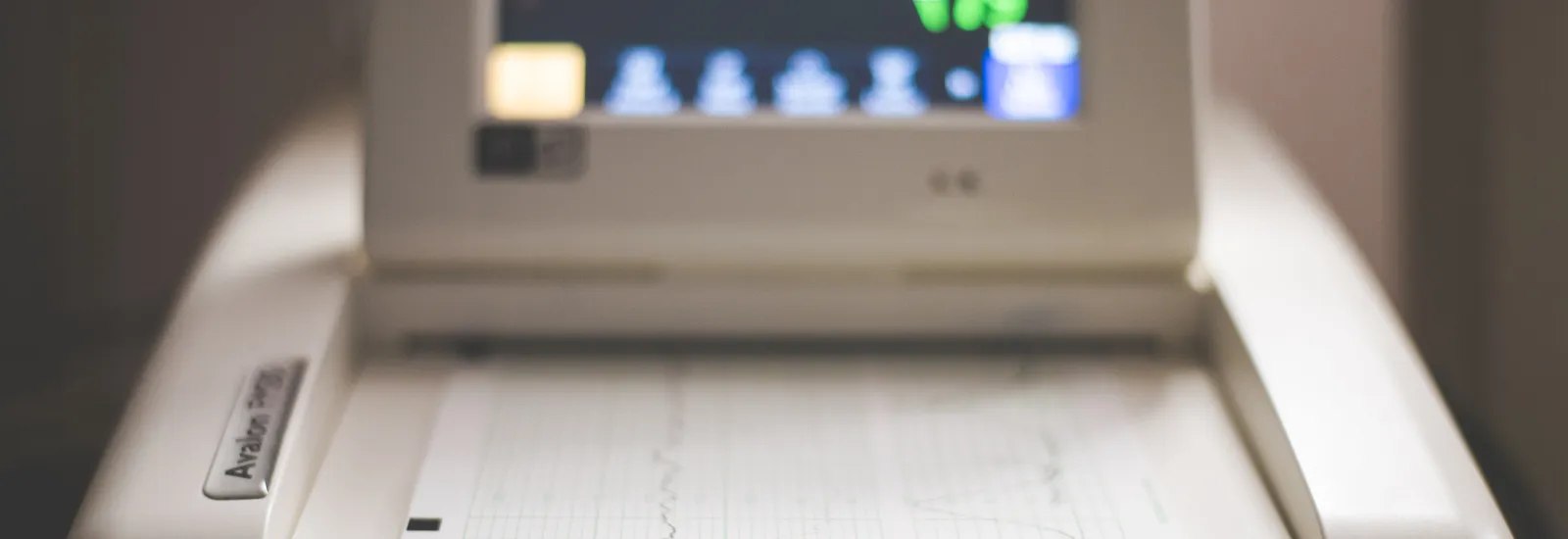
What’s a heart scan and should you have one?
4-minute read
You can't predict your heart's future with certainty, but a
test called a heart
scan can help you understand where your cardiac health might be headed.
What's a heart scan? It's a noninvasive cardiac CT test that provides
information about your risk of having a heart attack in the future.
Your future isn't set in stone. If the scan shows you're at risk, you can work
with your primary care provider or cardiologist to protect your heart.
Curious about the health of important blood vessels in
different parts of your body? There's a noninvasive test for that, too. Known
as a vascular
screening, this three-part ultrasound scan looks at arteries in different
parts of the body to gauge your risk for major cardiovascular diseases. The
more you know about your risk, the more empowered you'll be to improve your
cardiovascular health.
What does a heart scan show?
Your body needs calcium to perform important functions,
including building bones. When calcium forms in your heart's arteries, however,
it can be harmful. Over time, calcium deposits can narrow the coronary
arteries, hindering blood flow to your heart. This can lead to heart problems,
including coronary artery disease and, potentially, a heart attack.
A heart scan, which is also known as a heart CT scan or
coronary artery calcium scan, is a low-dose CT scan that can show how much
calcium is in the coronary arteries. This information can help you and your
providers make treatment decisions, such as whether to take a statin
to lower cholesterol and reduce your heart disease risk.
A coronary calcium scan might be right for you if you're at
least 40 years old and don't have a history of coronary artery disease, heart
attack, or related symptoms. You shouldn't have this test if you've had a heart
scan within the past five years. If you're younger than 40 or have had previous
heart problems, you'll need a provider's referral.
What to expect from a heart scan
You don't
have to do anything to prepare for a heart scan. It doesn't involve contrast
dye, which can cause an allergic reaction in some patients, and you'll only
receive a small amount of radiation.
During the
heart scan, you'll lie on a table as it moves into the CT scanner, which is shaped
like a tube. The machine will rotate around you as it takes pictures of your
heart arteries. The technologist will ask you to hold your breath for a short
time so the machine can produce the clearest images possible. After 10 to 15
minutes, the scan is finished, and you can get back to your day.
Heart scan
results are known as calcium scores. A score of 0 means the test showed no
calcium in your coronary arteries. Anything higher than 0 indicates calcium
buildup. The higher your score, the greater your risk of heart disease. The
goal of a heart scan is to measure calcium deposits in the coronary arteries,
but occasionally, the test could find other problems, such as lung cancer. You
and your provider will receive a copy of your results.
Inside information: Building a picture of your cardiovascular health
The heart performs important work in the circulatory system
by pumping blood, but that's only half the job. Arteries take oxygen- and
nutrient-rich blood to all the body's organs and tissues. Your health depends,
in large part, on having healthy arteries. A vascular screening can tell you
how they're doing.
Like a heart scan, a vascular screening is noninvasive, but
there are important differences between the tests. First, the vascular
screening uses ultrasound,
which produces images using sound waves, instead of X-rays that emit radiation.
In addition, the vascular screening is a three-in-one test. It includes scans
of three major arteries to look for:
- Blockages in the carotid artery in the neck, which can increase your stroke risk
- Low blood pressure in the ankle, which could be a sign of narrow or blocked arteries known as peripheral artery disease
- Weak areas in the main artery of the abdomen that could lead to an abdominal aortic aneurysm, a bulge in the artery that could break through the blood vessel's wall or burst
You may be a candidate for a vascular screening if you're 50
or older, are a current or former smoker, have diabetes, and haven't had a
screening in at least five years.
What happens during a vascular screening
Be sure to wear loose-fitting clothing for your vascular
screening in case you need to change into a gown for the scans. The imaging
team will let you know if you need to fast or do anything else to prepare.
During the ultrasound tests, a technologist will apply gel
to each of the three areas to be scanned and use a handheld device called a
transducer to send sound waves into the body. As the waves bounce off the
arteries, the transducer records the echoes and produces images on a monitor.
The technologist might also perform Doppler ultrasound, which shows blood
flowing through the arteries in real time.
A vascular screening takes about 45 minutes, and you can resume normal activities afterward. You'll receive a report with your results in the mail, and you can also have them sent to your provider. If the screening finds any warning signs for vascular problems, you and your provider can work together to reduce your risk.
Ready to learn more about your cardiovascular health so you
can take action to protect it? Request an
appointment for a heart scan or vascular screening at Reid Health.

